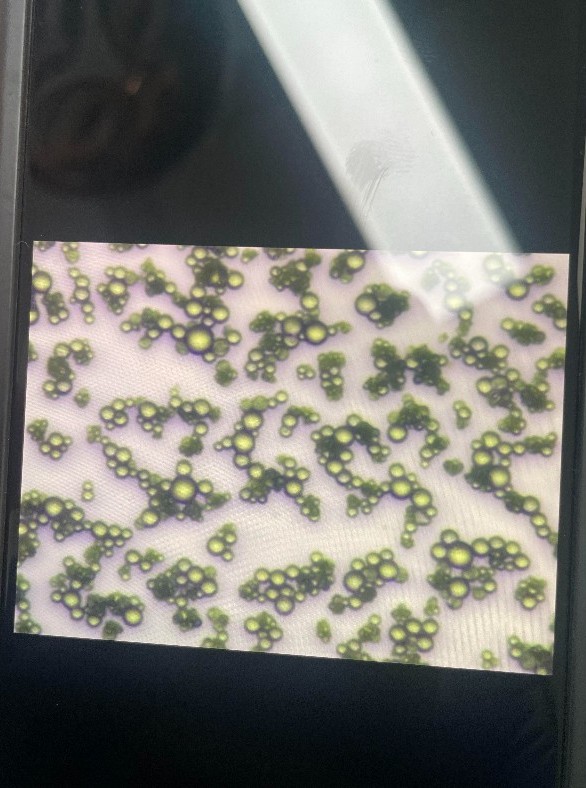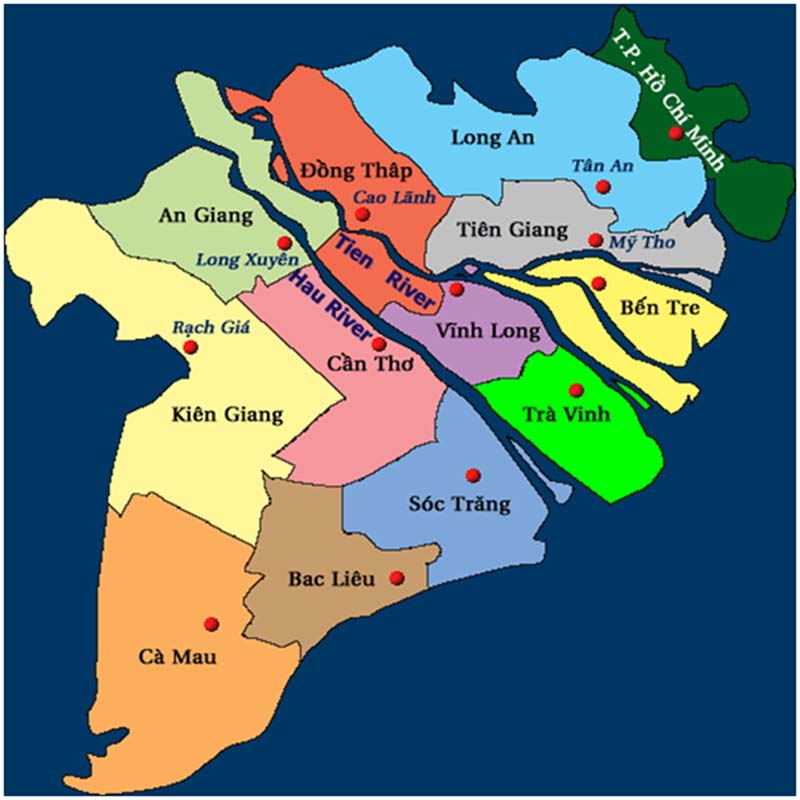
PLANT VARIETIES SUITABLE FOR CLIMATE AND SOIL CONDITIONS OF THE MEKONG DELTA
I. GENERAL INTRODUCTION TO THE MEKONG DELTA
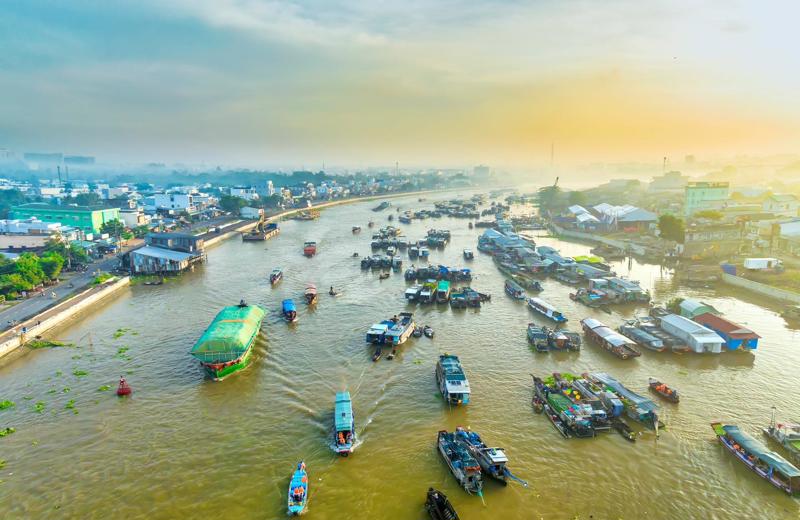
The Mekong Delta (MD) is Vietnam's leading rice, fruit and seafood granary. The region stretches from Long An, Tien Giang, Ben Tre, Tra Vinh, Vinh Long, Can Tho, Hau Giang, Soc Trang, Bac Lieu, An Giang, Dong Thap, Kien Giang, to Ca Mau. Thanks to its dense river system and abundant alluvium, the MD contributes greatly to the country's agricultural export turnover every year.
- Climate conditions
- Tropical monsoon climate: Hot and sunny all year round, average temperature 25–27°C, high humidity.
- Rainy season - dry season is distinct: The rainy season usually lasts from May to November, and the dry season from December to April of the following year. Heavy rain causes this area to be deposited with a significant amount of alluvium.
- Influenced by tides: The Mekong Delta is affected by the tides of the Tien and Hau rivers, rising water levels and saltwater intrusion in coastal provinces. Towards the end of the dry season, many places face severe drought and salinity.
- Soil characteristics
- River alluvial soil: Newly deposited alluvium, fertile, suitable for growing rice, crops, and fruit trees.
- Acid sulfate soil, saline soil: Distributed in many coastal areas and the Long Xuyen quadrangle, Dong Thap Muoi; soil has low pH, or is affected by certain salinity. The solution is to improve the soil, choose salinity-tolerant plant varieties, and rotate aquaculture to reduce farming pressure.
- Sandy soil, hilly soil: Exists in some sand dune areas along rivers and coasts. These types of soil often require irrigation techniques and provide appropriate nutrients for plants to grow well.
Exists in some sand dune areas along rivers and coasts. These types of soil often require irrigation techniques and provide appropriate nutrients for plants to grow well.
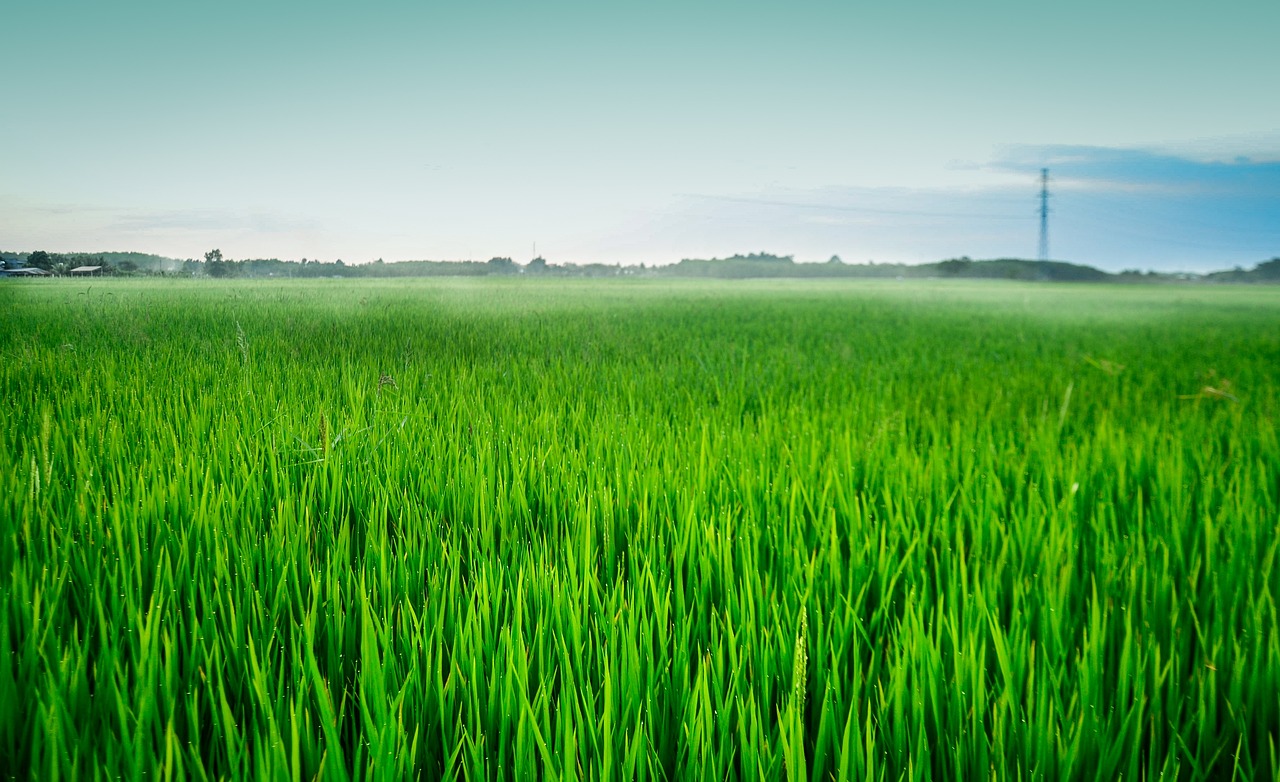
II. RICE VARIETIES SUITABLE FOR CLIMATE AND SOIL CONDITIONS
1. High quality rice varieties
- OM variety (Oryza Mekong):
The Mekong Delta Rice Research Institute in Can Tho has bred and provided many famous OM rice varieties (OM5451, OM18, OM6677…). The advantages of these varieties are:- Relatively good resistance to brown planthoppers and rice blast.
- Quite high yield (6–8 tons/ha) and stable.
- Lightly fragrant rice, sticky rice grains, suitable for consumer tastes.
- Growth period of 95–100 days, suitable for winter-spring and summer-autumn crops.
- ST rice variety (Soc Trang):
Typical are ST24, ST25 selected by engineer Ho Quang Cua and his colleagues. These varieties have many advantages:- Salt tolerance: Can be grown in coastal areas, where salinity is mild.
- Fragrant, sticky rice, winning high prizes in international rice competitions.
- Average yield, but selling price is often higher due to superior rice quality.
2. Salt and acidity tolerant rice varieties
For acidity and acidity tolerant soils in provinces such as Bac Lieu, Soc Trang, Tra Vinh, Kien Giang (U Minh Thuong region), it is necessary to choose varieties with good tolerance:
- OM6976, OM2517: Quite popular, tolerant to salinity of 2–3‰, suitable for sowing in winter-spring or summer-autumn crops when salinity is low.
- IR50404: This variety has high yield, short duration, easy to cultivate, but the rice quality is often rated lower (mainly serving the general market, making vermicelli, rice noodles). Farmers need to consider the output to avoid being forced to lower prices.
3. Sticky rice varieties
Glutinous rice is also a strength in some regions, especially IR4625 sticky rice, CK92 sticky rice (Cai Can sticky rice). These sticky rice varieties are suitable for alluvial soil, light acid sulfate soil, have a sticky and fragrant quality, are used to make cakes, traditional dishes, and are consumed strongly during the Lunar New Year holidays.
General notes for rice cultivation:
- Apply the 3 reductions 3 increases, 1 must 5 reductions technique to save seeds, fertilizers, and reduce chemicals.
- Manage water properly, avoid drought or deep flooding, which affects rice growth.
- Combine the method of sowing in rows and sparse sowing instead of dense sowing to avoid pests and diseases, and reduce fertilizer and pesticide costs.
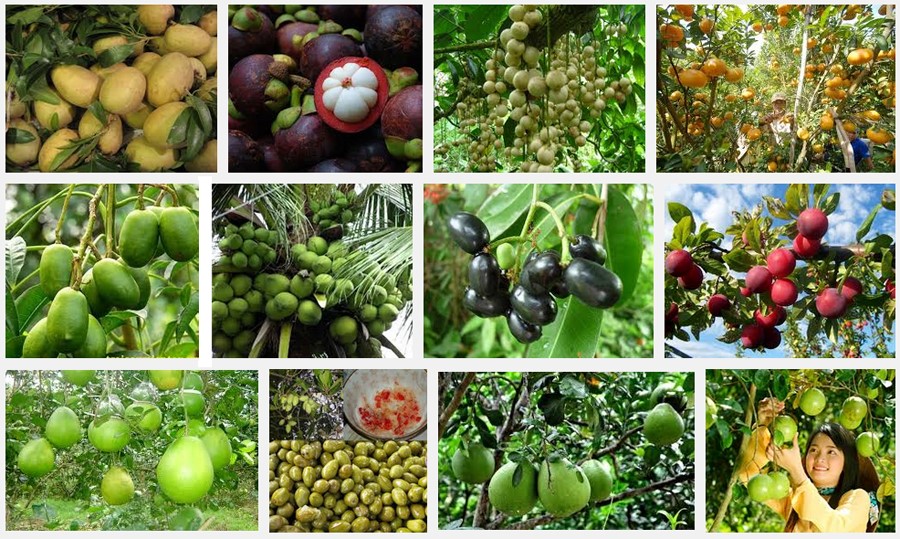
III. TYPICAL FRUIT TREE VARIETIES
1. Mango trees
- Cat Chu mango, Hoa Loc Cat mango:
- Suitable for alluvial soil along Tien and Hau rivers, less affected by salinity.
- Fragrant, sweet, high quality fruit, with export potential.
- Mango growing time from grafting to economic fruiting is about 3-4 years, stable yield after 5-6 years.
- Taiwanese mango (Taiwan 1, Taiwan 2 varieties):
- Advantages: Large fruit, high yield, favored by domestic market.
- Disadvantages: Mango flesh quality, sweetness is lower than traditional Cat mango. Suitable for fresh sale in markets and supermarkets.
2. Grapefruit
- Green Skin Grapefruit (Ben Tre), Nam Roi Grapefruit (Vinh Long):
- These varieties are suitable for alluvial soil, require good drainage, and cannot withstand prolonged flooding.
- Green Skin Grapefruit has a sweet taste and beautiful pink flesh; Nam Roi Grapefruit has few seeds, a sweet and sour taste, and is popular in the market.
- The tree can bear fruit many times a year if properly cared for and pruned.
3. Jackfruit
- Super early Thai jackfruit, Thai Changai jackfruit:
- Suitable for many types of soil, including slightly acidic soil, but need to be proactively treated with lime and improved to pH above 5.
- Early fruiting after 18–24 months, high yield..
- Thai jackfruit has large segments, bright yellow color, high sweetness, favored by the Chinese and domestic markets.
4. Coconut trees
- Siamese coconut, Strawberry coconut:
- Suitable for riverside and coastal areas, tolerant to mild salinity (2–3‰).
- Low maintenance, sustainable productivity, year-round fruiting, fresh water, thick coconut meat.
- The fresh coconut market is quite large, the demand for exporting dried shredded coconut meat and coconut oil is also potential.
Note: With fruit trees, farmers need to pay attention to arranging a system of ditches, dikes to prevent flooding, combining intercropping with vegetables, and aquaculture to take advantage of the area and increase income. Choose grafted varieties, varieties with clear certificates to ensure quality and are less susceptible to root rot and yellow leaves.
IV. VEGETABLE VARIETIES, COLOURS AND OTHER SPECIALIZATIONS
1. Leafy vegetables, fruit vegetables
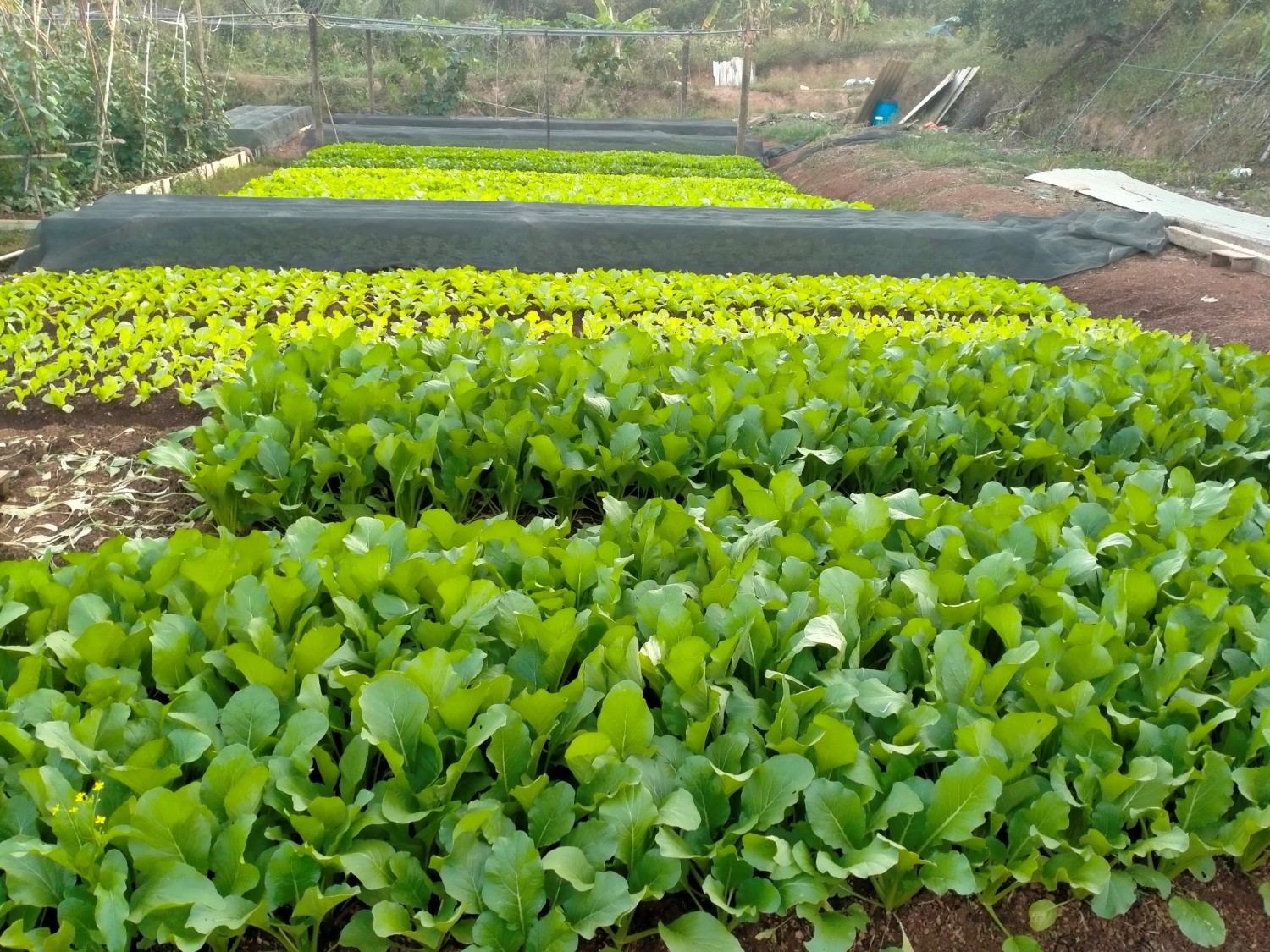
- Water spinach, mustard greens, green mustard:
- Short growing period (25–40 days), suitable for alluvial soil, year-round irrigation.
- Need to rotate with rice or other crops to limit pests and diseases, nourish the soil with organic fertilizers.
- Bitter melon, cucumber, squash:
- Suitable for climbing frame model on the ridge, avoiding flooding.
- Focus on preventing fruit borers, planthoppers, thrips in the rainy season.
2. Chili plants

- Chili peppers (mainly for export), buffalo horn peppers (sold in the domestic market):
- Prioritize high, well-drained land.
- Chili is a high economic value plant, but the output is erratic. Farmers need to link to a contract to ensure profits.
3. Corn (maize)
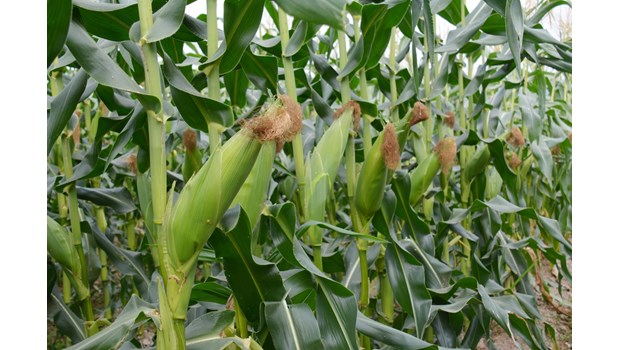
- Hybrid corn varieties (Cargill, CP888, NK67, Bioseed…):
- Suitable for planting on alluvial soil, sandy soil, with neutral pH.
- High yield, used as animal feed or sweet corn sold fresh.
- Technical attention to preventing stem borers, leaf-eating worms, and adequate mineral fertilizer application.
4. Sweet potatoes, yams, radishes
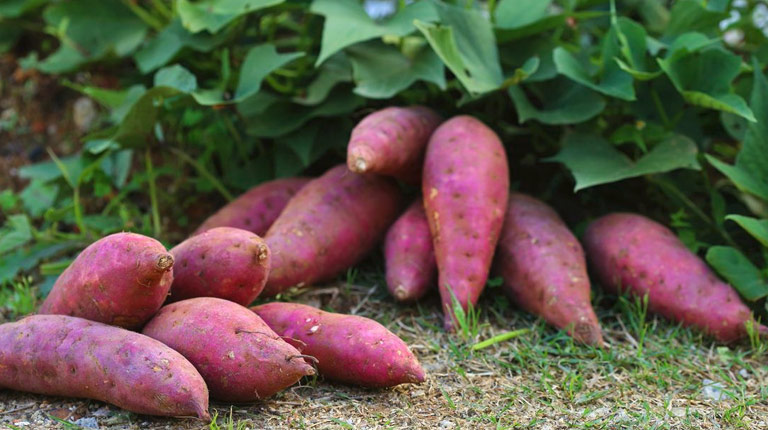
- Sandy soil, high mounds can grow sweet potatoes (Japanese purple variety, yellow squash).
- Some areas with temporary flooding can still grow yams and radishes, but need careful dikes.
V. LONG-TERM CAREER PLANTS AND COMBINED LOTUS AND AQUACULTURE MODEL
1. Sugarcane
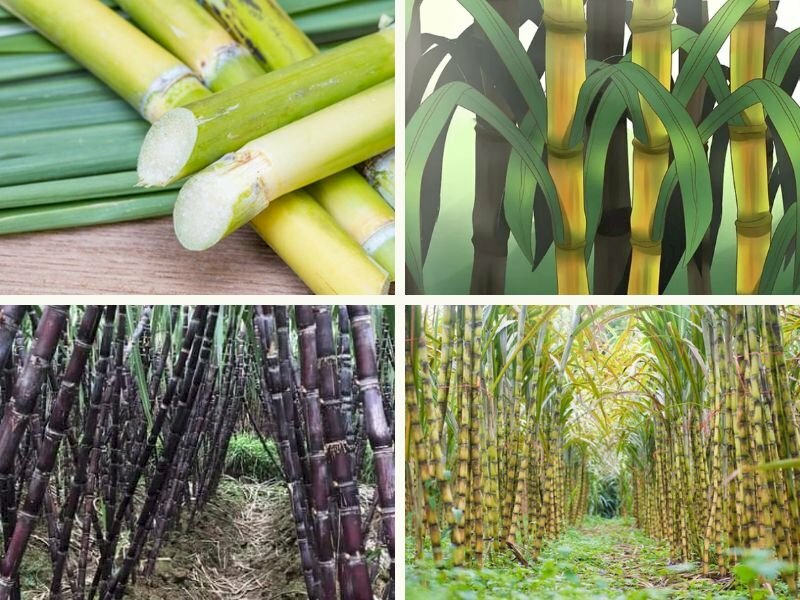
- Used to be a major crop in Hau Giang, Soc Trang, Tra Vinh. However, sugarcane prices have been unstable in recent years.
- New sugarcane varieties are resistant to diseases (RSD, black smut), and have high yields (over 100 tons/ha).
- Farmers should consider signing contracts with sugar factories to avoid surplus.
2. Sedge, grass for livestock
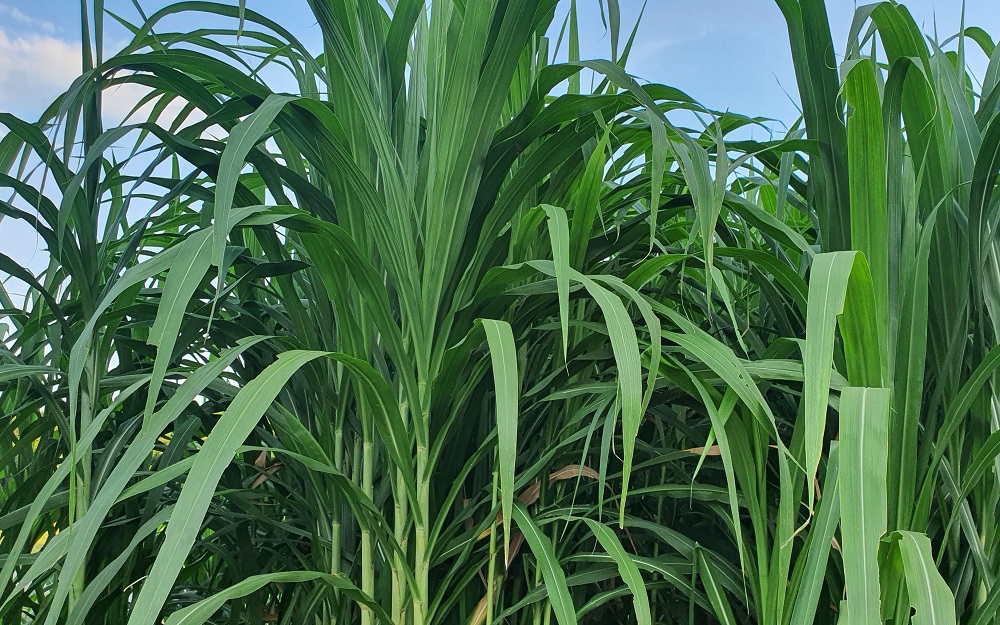
- Low-lying areas, long-term flooding, heavy acid sulfate soil can be planted with sedge (for mats, handicrafts) or acid sulfate tolerant grass (VA06, Mulato II) to raise cows and buffaloes.
- This model is low risk, provides raw materials for livestock and craft villages, and increases land cover.
3. Combining lotus cultivation and fish farming
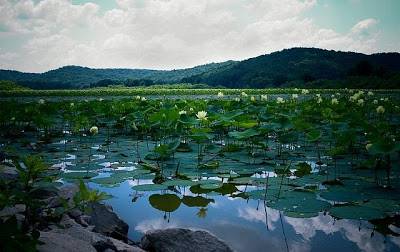
- In Dong Thap Muoi, An Giang, if the soil is acidic but can store water, people grow lotus (pink lotus, white lotus) and combine it with fish farming (tilapia, catfish, snakehead fish).
- Lotus has both culinary value (lotus shoots, lotus seeds) and creates a tourist landscape. Fish raised under lotus canopy limit the use of industrial feed, which is environmentally friendly.
VI. NOTES ON TECHNIQUES AND SUSTAINABLE DEVELOPMENT TRENDS
- Choose seeds from reliable sources:
- Should buy rice seeds, fruit tree seeds, vegetable seeds from certified centers and businesses, avoid poor quality seeds..
- Check purity, disease resistance, actual yield.
- Focus on organic farming and IPM
- Limit the overuse of chemical fertilizers and pesticides. Prioritize organic fertilizers (composted manure, green manure, bean dregs, etc…).
- Intercropping and crop rotation to reduce pests and maintain soil fertility.
- Apply “3 reductions, 3 increases”, “1 must, 5 reductions” in rice, “4 rights” (right medicine, right time, right concentration, right method) when spraying pesticides.
- Responding to climate change (drought - salinity)
- Reinforce dykes and culverts to limit seawater intrusion into inland canals.
- Use microbial products to improve acid sulfate soil, saline soil, and remove acid sulfate soil according to the instructions of the agricultural extension agency.
- Convert part of the area to salt-tolerant plants, combine shrimp and rice farming, rotate 2 rice crops and 1 shrimp crop (Bac Lieu, Ca Mau areas…).
- Focus on value chain linkage
- Join cooperatives and linkage groups to stably consume products.
- Build brands and geographical indications (ST rice, Hoa Loc mango, Ben Tre green-skin grapefruit, etc.) to increase the value of agricultural products.
- Apply mechanization and information technology
- Use transplanters, combine harvesters, automatic irrigation systems, help save labor, increase productivity.
- Update information on prices, weather forecasts, techniques on mobile applications, online agricultural extension channels.
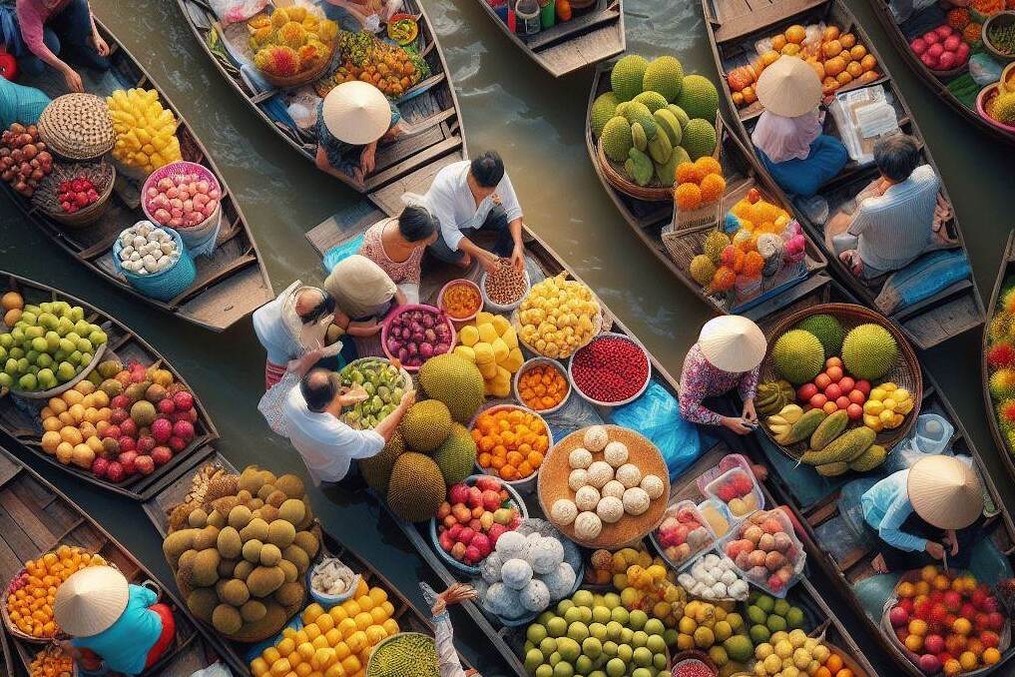
VII. CONCLUSION
The Mekong Delta is the most fertile land in the country, with a dense river system, abundant water and alluvial resources. However, this region is also facing major challenges from climate change, salinity intrusion, land subsidence, and fluctuations in the agricultural market. Choosing crop varieties suitable for the climate and soil conditions of each sub-region is a key factor for farmers to ensure productivity, quality, and economic efficiency.
- For rice, OM and ST varieties with advantages in quality, salinity tolerance, and pest resistance are the top choices.
- For fruit trees, mango, grapefruit, jackfruit, coconut, etc. are suitable for alluvial soil, giving high efficiency and being favored by the market.
- For vegetables, leafy vegetables, corn, chili, cucumber, etc. can be grown depending on water, soil, and consumer market conditions.
- In addition, the lotus-fish, sugarcane, grass-farming, shrimp-rice rotation models are also opening up diverse directions for farmers, especially in areas with acid sulfate soil and saline soil.
To be successful, farmers need to master farming techniques, regularly improve the soil, proactively respond to extreme weather conditions, and at the same time promote linkages in production and consumption. Support in terms of policies, capital, and technology from the State and enterprises is also very important, helping to modernize agriculture in the Mekong Delta. By choosing the right varieties, cultivating properly and in a sustainable manner, farmers in the Mekong Delta will continue to promote the strengths of "rice granary, fruit granary", constantly increase income and enhance the brand of Vietnamese agricultural products.
Bình luận
Những bình luận mới nhất
